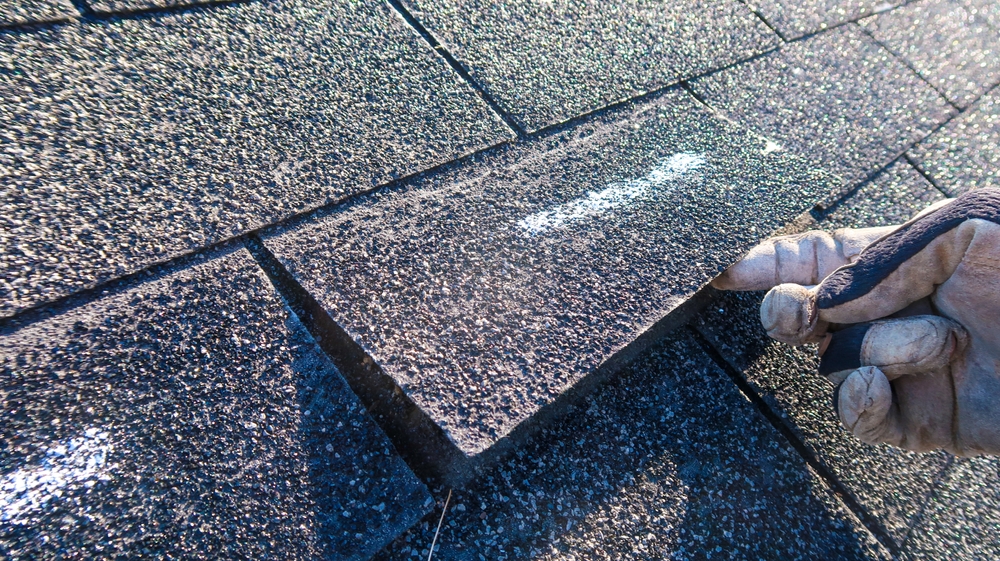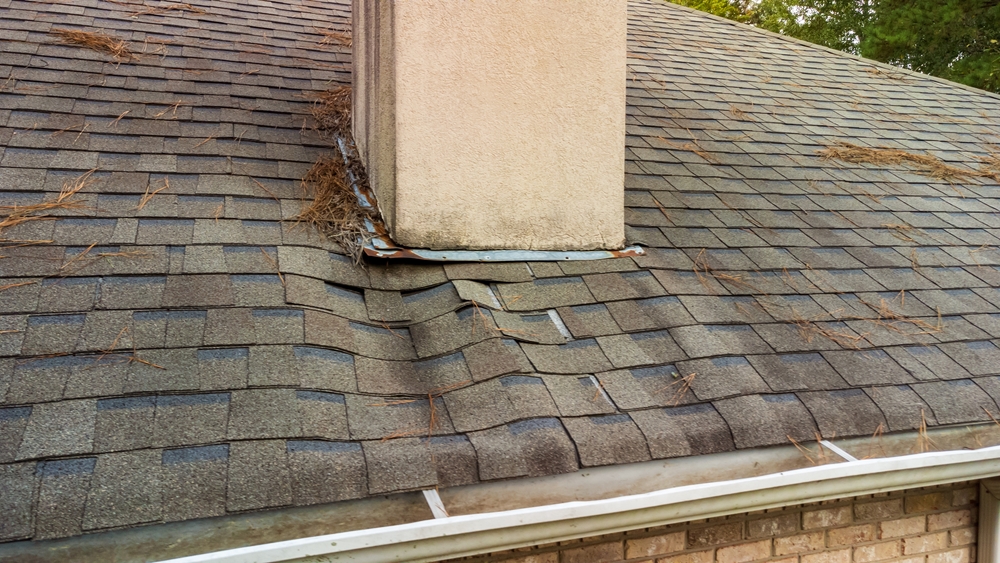
After flood waters subside: gather good info, work with your insurer, clean up safely and ask for help!
As you attempt to clean up the aftermath left at your home from that epic flood, you will be working in unfamiliar territory. Here are some tips to organize and manage the process moving forward.
Document, Document, Document
No matter how horrible the mess of belongings became, the insurance company will need proof of what you owned and its value. Take your time and complete an accurate inventory; underestimating what you had will get you less than you’re entitled to.
Start in the easiest places; do a walk-through of the home with your phone camera. Also, flip through existing images on your phone (or computer if you have it) plus any physical photos to scan the background for items of value you might have forgotten. And as a last resort, ask friends and family to look through their photos, as well.
Before you make any repairs, fully document the damage for your insurer by taking photos or video. Digital versions are best since they can be stored electronically and easily copied. If you make changes before you photograph the damage, you could potentially decrease the extent of your coverage. Especially, take photographs before removing wet wallboards and baseboards because insurers will want to see the height of any water damage to walls. Constantly document all damage and every conversation during the process.
Work with your Insurance
As everyone in town is discovering, home insurance is separate policy from flood insurance. Since groundwater flood damage typically isn’t covered by conventional homeowners insurance policies, you’ll need to work with your insurer to determine the cause of the flood and the extent of your coverage. The policies you’ve paid on for years will be tested by both you and the insurance company. Both of you aspire to settle the claim fairly, but they certainly won’t want to overpay you!
What can you expect in terms of time to get back to normal? It could be as little as one week if the claim and clean up are minimal to five to six months if you’re working with an insurance adjuster and contractor to complete extensive repairs. Again, the scale of this event is unprecedented in the Houston area so expect some delays. Keep records of all conversations and commitments.
Insurance companies might also pay for the purchase of a sump pump, generator or supplies like wood for do-it-yourself repair. Consumers should expect to pay for hotels and meals with their own money first, but will typically get reimbursements within 30 days for expenses. Don’t forget to claim taxes, transportation, and shipping costs associated with replacing items.
Protect Your Health
Even if the water in your home is clear, it could have been contaminated by sewage or household chemicals. In addition, wear rubber gloves to remove water-damaged possessions and to avoid contaminants. Be sure to throw out any food that may have come into contact with flood waters.
● Mitigate Mold Damage
Mold can develop within 24 to 48 hours of a flood, says Ashley Small of FEMA, so remove wet contents, including carpeting and bedding, as soon as possible.
There more than 100,000 types of mold and most of them are not harmful to humans. People with weakened immune systems, children and the elderly are at most risk from toxic gaseous substances known as Mycotoxins. In concentrated amounts, molds can present a serious health risk and should be professionally remediated.
If an item has been wet for less than 48 hours, it may be salvageable. However, decide whether it holds enough monetary or sentimental value to try to do so. Rugs, for example, may be dried and then cleaned professionally, which could cost $100 to $500 or more, depending on the size and number. Large pieces of furniture that are saturated will likely be difficult to dry effectively, and should often be discarded. Again, always photograph the flood-soaked items for insurance claims.
You may also wish to hire a flood restoration service—you can find pros under “Flood” or “Disaster recovery” in your local phone book, or check with the Better Business Bureau, local Chamber of Commerce, or contractor recommendation sites Look for those with Institute of Inspection, Cleaning, and Restoration Certification (IICRC certified )
● Secure the Property
As the homeowner, it’s your responsibility to secure the property so that no additional damage occurs. Put boards over broken windows and secure a tarp as protection if the roof has been damaged. Again, take photographs to prove to the insurance company that you have done everything possible to protect your home against further damage.
Ask for some relief
Homeowners should contact their flood and home insurance companies immediately even if rebuilding will not occur for several weeks. Their next step is to notify their mortgage company or auto loan lender, said Greg McBride, chief financial analyst for Bankrate, the New York-based financial content company. “After first contacting your insurance company, homeowners and car owners with damage should also notify their lenders,” he said. “Late fees are typically waived for those residing in areas impacted by a natural disaster and in extreme cases, monthly payments may be deferred for a period of time.”
Notify your utility and cable companies if your residence is uninhabitable so the bills will be halted. Don’t be embarrassed about seeking assistance; many employers offer access to an Employee Assistance Program as a benefit. Contact the three credit bureaus and the Federal Trade Commission and have a fraud alert placed on your own accounts and lower the chance of becoming a victim of identity theft.
● Find Out if You’re in a Disaster Area
Once a region has been officially declared a “disaster area” by government authorities, property owners have access to increased resources, including public services to protect and remediate the area. In addition, you may have access to financial assistance. Your insurance company will have additional information on this or you can contact FEMA directly.
● Hire Qualified Restoration Experts
Total Restoration provides 24-hour emergency services to help commercial and residential property in Southeast Texas. By working closely with you and your insurance company, claims can be settled quickly so that repairs can begin. Call 936-321-7205 for help recovering from any residual water damage.



